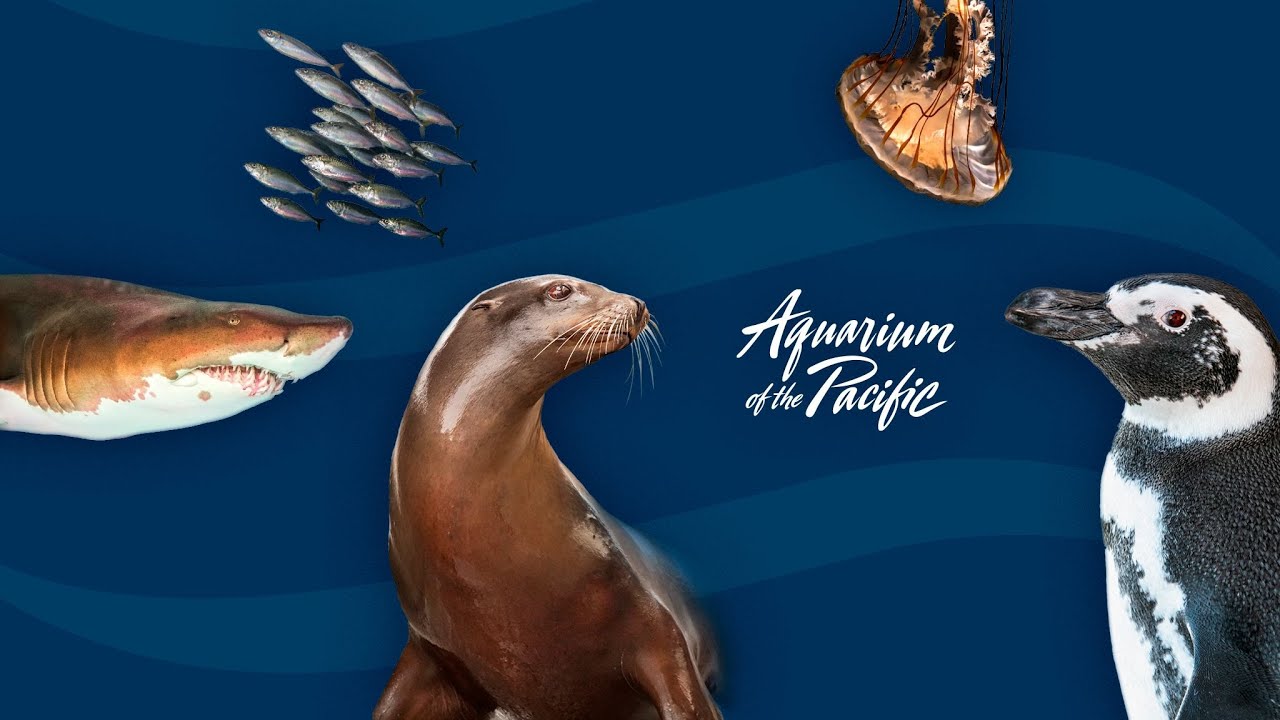– Understanding the techniques for spotting and identifying various whale species from a boat
– Exploring the biology and behavioral patterns that make whales such fascinating creatures
– Tips for preparing for a whale-watching adventure to enhance the experience and appreciate the majesty of these marine giants
Have you ever felt the call of the ocean, that deep, profound sense of mystery and adventure that beckons you to the world of the deep blue? If you’re nodding along, yearning to be swept away by tales of the sea, jump aboard as we set sail on a virtual whale-watching journey.
We won’t just be passengers on this voyage; we’ll be detectives of the deep, seeking out the leviathans that rule the waves. Imagine the salt in the air, the wind in your face, and the thrill that courses through you as a spout of water erupts from the ocean’s surface—a sign that we’re not alone in these waters.
Spotting these marine behemoths from the deck of a boat can be likened to finding a needle in a haystack, but with a keen eye and some insider knowledge, it becomes a fascinating and rewarding challenge. From the humbling humpback to the immense blue whale, each species carries unique identifiers and behaviors that enable us to pick them out from the rolling seas.
The dorsal fin’s silhouette, the shape and size of the spout, or the distinct pattern on a fluke give us clues to the identity of our aquatic companions. For instance, the humpback whale is renowned for its acrobatic breaching and distinctive knobbly head, while the orcas boast a striking black-and-white contrast that makes their tall dorsal fin unmistakable.
Now, let’s go beyond appearances to understand what makes these creatures incredible. Whales are not just massive animals; they are intelligent and social and possess an emotional depth that is both enigmatic and heartwarming. Their songs—complex and haunting melodies that can echo across oceans—are more than just calls; they’re the narratives of a species whose lives are epic in scale and drama.
Life beneath the waves is as demanding as it is spectacular. Whales have adapted to their aquatic lifestyle in extraordinary ways. Their life at sea involves epic migrations, deep dives into the abyss, and fascinating feeding strategies as elegantly choreographed as any ballet. For example, the baleen whales’ filter feeding technique is a marvel of nature’s design, allowing the gentle giants to feast on tiny krill by the millions.
Let’s prime ourselves for the whale-watching experience as we continue our venture. There’s something undeniably enriching about watching whales in their natural habitat, but there are some things you can do to maximize the moment. Sea legs are an advantage, but a touch of preparedness goes a long way. You’ll want to pack essentials like binoculars for a closer look, layers to stave off the chill of the sea breeze, and perhaps even a field guide to marine life.
And when it happens—when you see that first fluke or hear the sound of a blowhole exhaling—you’ll want to be present. Not just physically but with every fiber of your being. That moment of connection with such a magnificent creature is a potent reminder of the vastness of nature and our place within it. It’s an encounter that often becomes embossed in the mind, a memory as memorable as the ocean is deep.
What drives our enduring fascination with whales? Perhaps it’s because even in our modern world of relentless connectivity, these creatures represent a part of nature still shrouded in majesty and mystery. To see a whale is to witness a living relic from a wilder world—an ambassador from an underwater realm we’ve barely begun to understand.
It’s a two-way street, this admiration we share with the ocean’s behemoths. As much as we learn about them through patient observation and study, they, in turn, reflect on us the importance of respect and conservation. We share the seas and, thus, the responsibility to safeguard their future.
Our virtual whale watch may be coming to an end, but the true journey is just beginning. Taking the insights from this exploration, perhaps you’ll be inspired to seek out these experiences for yourself. To be out there, riding the swells, scanning the horizon with anticipation, transforms the virtual into reality.
So, as we dock back at the harbor of our daily lives, let the call of the whales linger in your ears. Let it remind you of the wonders beyond the shore and the potential adventures that await. Recall the flukes and the fins, the spouts and the breaches, and know that the world is a treasure trove of natural spectacles ripe for discovery.
It’s not just about the thrill of the watch. It’s about connection and conservation, understanding and empathy. It’s a meaningful realization that we’re all part of something grander—a vast, intricate ecosystem where every creature plays a part. And as the sun sets on our voyage, we’re left with hearts full and eyes wide with wonder—a sentiment best summed up by the old sailors’ maxim, “The sea, once it casts its spell, holds one in its net of wonder forever.”
*****
Source Description
Bring your sea legs and binoculars as we go on a virtual whale watch. Discover how we can identify a whale from a boat and better understand what makes them so incredible!


